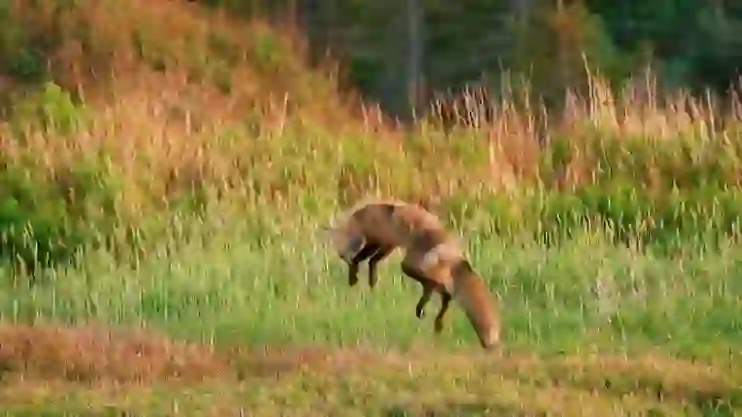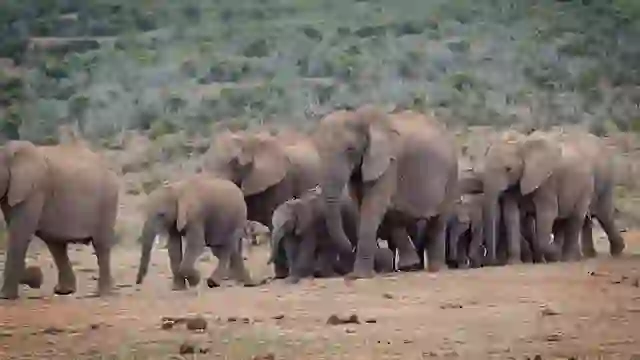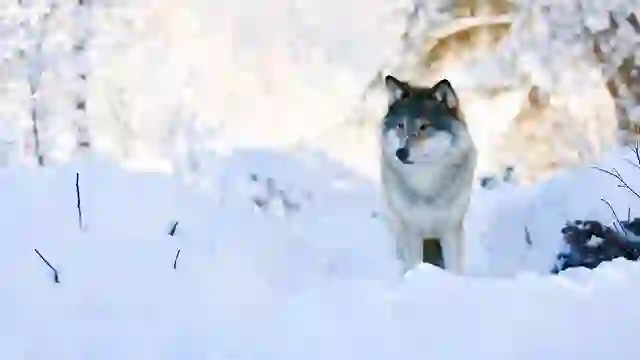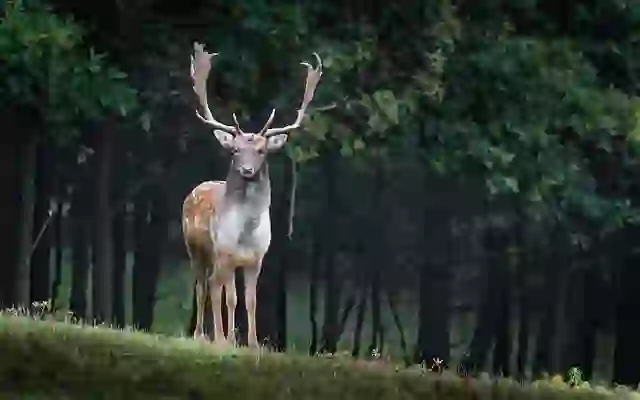
Tundra Wolf
Tundra Wolf
Tundra Wolf
Across the vast, snow-covered tundra, the tundra wolf roams, a master of survival in the frigid Arctic. Adapted to this harsh environment, they are a powerful force of nature. Let's explore the fascinating world of the tundra wolf, their adaptations, and the challenges they face.
Tundra Wolf Basic Infomation
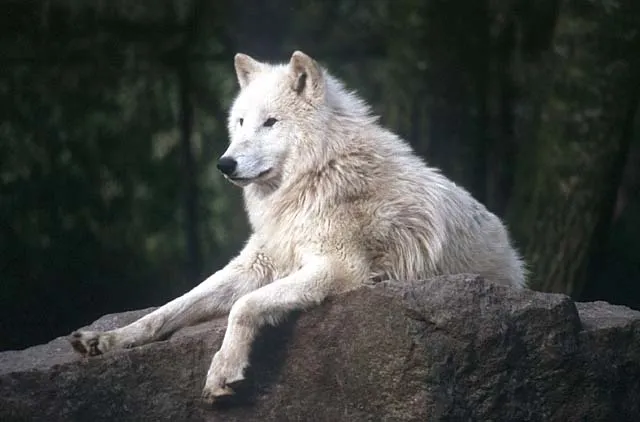
| Property | Value |
|---|---|
| Scientific Name | Canis lupus albus |
| Taxonomic Status | ACCEPTED |
| Rank | SUBSPECIES |
| Kingdom | Animalia |
| Phylum | Chordata |
| Class | Mammalia |
| Order | Carnivora |
| Family | Canidae |
| Genus | Canis |
| Habitats | Tundra and forest regions of Eurasia |
| Conservation Status | Least Concern |
| Species | Canis lupus |
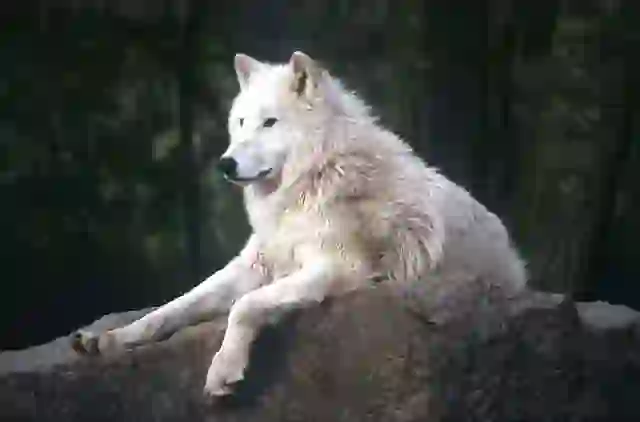
Size
They are about 4.3 to 5.2 feet (1.3 to 1.6 meters) long (including tail), and weigh about 88 to 176 pounds (40 to 80 kilograms). They are one of the larger Eurasian wolf subspecies. Males tend to be larger than females.
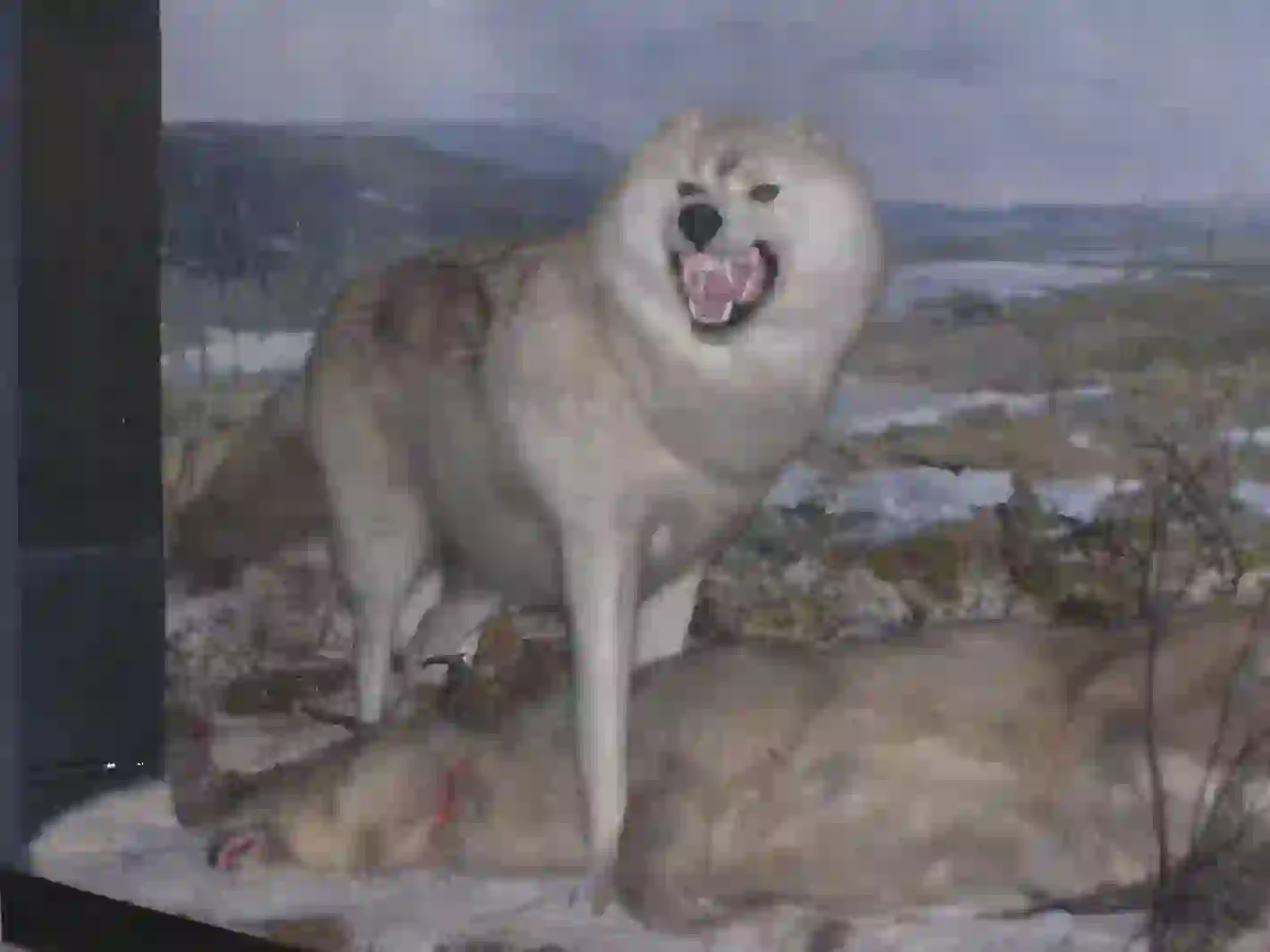
Lifespan
Their lifespan in the wild is about 7 to 10 years.

Distribution
They are widely distributed across the tundra and forest regions of Eurasia, near the Arctic Circle. They are found in northern Russia, the northern Scandinavian Peninsula, and Greenland.
Tundra Wolf Q&A

What kind of wolf is the tundra wolf?
The tundra wolf is a subspecies of the Eurasian wolf that lives in the tundra and forest regions of Eurasia.
They are larger, have longer fur, and are lighter in color than other Eurasian wolves. These are adaptations to the frigid environment they live in. The tundra wolf is also known as the 'white wolf' in English. They live in packs and hunt cooperatively. They are highly intelligent and are known for their complex communication methods. They use howls, body language, and facial expressions to communicate with each other.

What do tundra wolves eat?
Tundra wolves are carnivores and mainly prey on large herbivores like reindeer and musk oxen.
By hunting cooperatively in packs, they can take down prey much larger than themselves. They also eat lemmings, rabbits, and birds. In the winter, when food is scarce, they may scavenge on carrion.

[Quiz!] Why do tundra wolves have such thick fur?
Tundra wolves live in the tundra region of Eurasia, close to the Arctic Circle.
Temperatures can drop to -40°C or lower in the winter. To protect themselves from the cold, they have evolved thick fur. Their fur has a two-layer structure. The inner layer is made of soft, dense fur for insulation. The outer layer is made of long, coarse guard hairs that protect them from wind and snow. Their fur becomes even thicker, longer, and paler in the winter, helping them blend in with the snow.

[Quiz!] Do tundra wolves hibernate?
No, tundra wolves do not hibernate.
They remain active throughout the winter, hunting for prey. They stay warm by relying on their thick fur and a layer of fat. They also increase their pack size during the winter to help conserve body heat and improve their hunting efficiency.

[Quiz!] Are tundra wolves endangered?
The tundra wolf is listed as 'Least Concern' on the IUCN (International Union for Conservation of Nature) Red List.
This means that they are not currently endangered. However, their numbers may be declining due to habitat destruction and hunting. To protect tundra wolves, it is crucial to protect their habitat and regulate hunting.

Would you like to become a part of the 'Animalbook.jp'?
Turn your knowledge into Q&A and share it with the world. ※Publication will be activated after purchase. Let's share information together!
Tundra Wolf Type of List

Characteristics of Tundra Wolves
- Subspecies of the Eurasian wolf
- Live in the tundra and forest regions of Eurasia
- Large body, long fur, and lighter coloration
- Thick fur, even thicker, longer, and paler in the winter
- Thick fur and fat layer for insulation against the cold
- Active and hunt throughout the winter
- Increase their pack size in winter
- Mainly prey on reindeer and musk oxen
- Least Concern (LC) but their numbers may be declining due to habitat destruction and hunting
Information
Congratulations! You are the first commenter!

Create Your Favorite List!
Tundra Wolf
Save the animals you love! Build your own list to quickly revisit your favorites later.

Would you like to leave a comment?
※Please note: This is for the purchase of rights to post comments within the article.
Find Your Favorites!
Our shop offers a unique and attractive selection of goods themed around various animals.
Tundra Wolf References
Tundra Wolf Introduction of media used

de:Benutzer:Asb, CC BY-SA 3.0, via Wikimedia Commons

Andrew Butko, CC BY-SA 3.0, via Wikimedia Commons

Help Enrich Our Animalbook.jp with Your Media!
We are constantly looking to expand and enrich our Animalbook.jp with amazing photos and videos of animals. If you have any media that you'd like to share, please contribute and help us showcase the beauty and diversity of the animal kingdom. Your submissions will be credited and featured in our encyclopedia, reaching a wide audience of animal lovers.



